We need to distinguish between the knowledge and the information to know exactly what we are looking for when we collect the Failure Effect Knowledge. There was a detailed chat about this Seamless Knowledge transfer in a previous post. Here we shall bring the main points that clarifies what is knowledge vs information. In this chat we shall use terminologies from “Knowledge or Information What makes the difference?” by Ewa Braf which is part of Springer .com publications.
IT or Information Technology can facilitate the access to information. Where information is some structured pieces of data organized in an easy to access way. You can find a lot of information through internet searches or in books. These information can be mere information like today’s Sunday , temperature is 30 degrees, the meeting is on next Monday and so on. Meanwhile other internet sites and books includes a wealth of knowledge of the knower who intend to share it on public.
The target behind sharing his knowledge, the knower intends to transfer his knowledge. For the receiver, this knowledge is a specific information about a certain subject that he is interested to know about. For the source of this knowledge, he has a will to transfer his knowledge. That’s what we do in these chats and in our trainings:
So, knowledge consists of data or information organized and processed to convey understanding, experience, accumulated learning, and expertise. Unless the receiver comprehends this information, digest it and visualize it or apply it, it will remain in the information realm. So, knowledge is something developed in the mind and body of the knower.
Why we chase knowledge in Failure Effect recording?
All the maintenance system procedures, activities and feedback records are information. Each record in itself is a piece of data. Organizing these data in a an easy to access way converts them to information. The human processing and comprehending of these information creates the knowledge in the human mind and body. Why we say that knowledge is stored in the body? Because the body gains some skills from experience in a way that it can redo it without thinking. Knowledge in action is experience or skill. So, those who have the knowledge have helpful facts about the failures and Failure Modes. When asked they don’t reply with superficial ideas. They really know what happened, what was affected and how it was repaired.
Shall we record only the failures that already happened?
Surely No. We need to record the facts about the failures that already happened and repaired. Moreover, we need to utilize the experience and knowledge of the team and other resources to collect the needful Failure Effects of Failure Modes that didn’t happen before. However, this is not required for each piece of equipment. The importance of equipment, the anticipated effect of its stoppage dictated the need of brainstorming sessions around its expected Failure Modes or Failure Effects or its uselessness.
Sources of Failure Effects knowledge
We shall point out some sources of Failure Modes and Failure Effects knowledge, their draw backs and how we can make use of each of them.
The Manufacturer or the Vendor
We had proclaimed in many chats before on the importance of the manufacturer relations and manufacturer documents as a vital source of information. You can find in this documentation:
- The intended usage of the machine,
- The capabilities of machine; capacity, accuracy, tolerance, speed
- Resources needed and their limitations
- Maintenance needed to maintain the prescribed functionality
- Safety precautions during operation and maintenance
- A list of alarms or fault signals and how to rectify them
There are some key notes that you should keep in mind about the manufacturer or the vendor:
The manufacturer or vendor life cycle
- The manufacturer is probably the designer of the machine. The designer seldom sees flaws in his design. The faults he describes are all related to wrong usage, wrong environment or absent care.
- The vendor had collected parts from different manufacturers that match the overhaul performance of the system he will supply. The information he supplies is not his own developed knowledge.
- Whether it is a manufacturer or a vendor/supplier, they having contractual warranty obligations that he would like to pass safely without any claims. This invokes some absence of transparency on the knowledge he has from other locations where he had delivered his equipment
- During startup time, the startup team tends to simulate an ideal working conditions for the equipment to pass the guarantee performance. So the user is satisfied and would vote in favor of this equipment.
- After the startup period very few manufactures know how are the actual conditions of operation or the environment where his equipment is in use.
- From the few manufacturers that still have the sense of how their equipment are used and what problems arise in them with time are those who provide maintenance for their equipment.
Examples are most car manufacturers. And, highly sophisticated equipment that needs special skills in maintenance as electric transformers, computer systems, robots and power generation equipment…. - Few manufacturers are actively engaged with the users of their equipment to further develop their product.
Then, what is the use of the manufacturer information?
They are the source of operation, maintenance and spares information. They provide a basic set of possible alarms and failures. This basic set can be considered as the initial transcript when collecting the Failure Modes. So, you have a starting point for the analysis.
Moreover, nowadays, the developed purchasers or project managers asks the vendor for FMEA study (Failure Modes Effects Analysis) for his equipment as part of the supplied equipment even at extra cost. Others call the manufacturer to the RCM (Reliability-Centered Maintenance) analysis sessions. Usually the manufacturer doesn’t send his designers but it contracts some experienced users or maintainers from the field to join these sessions wearing manufacturer hat.
The other sources of Knowledge and the selection of the best one will be in the next chat to keep our talks within a bite length for the interested readers to digest and grasp the knowledge out of it. See you soon..
If you feel you need help with any of these ideas we discussed, request a Management Consultancy or Coaching Services From our Store

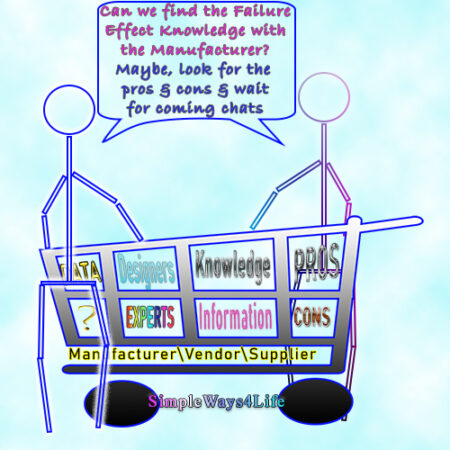

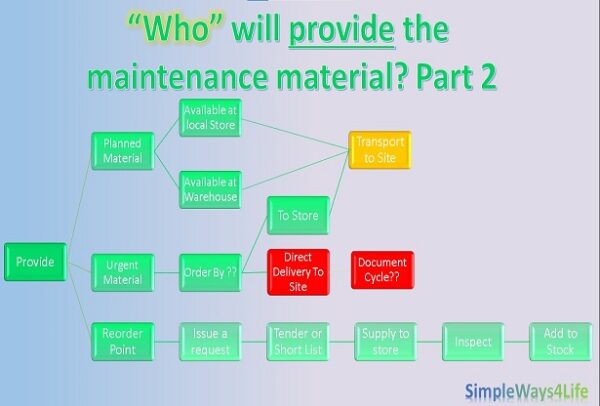
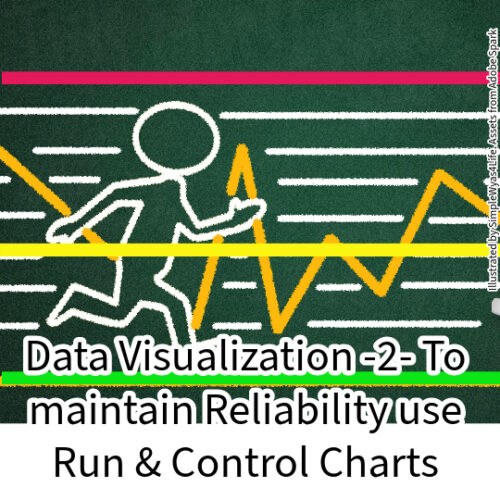
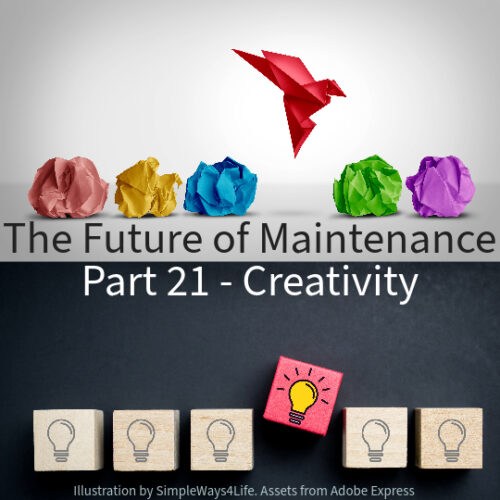
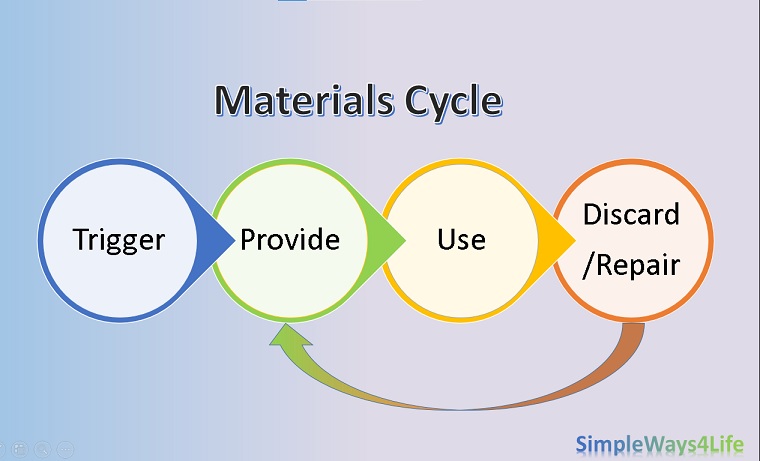
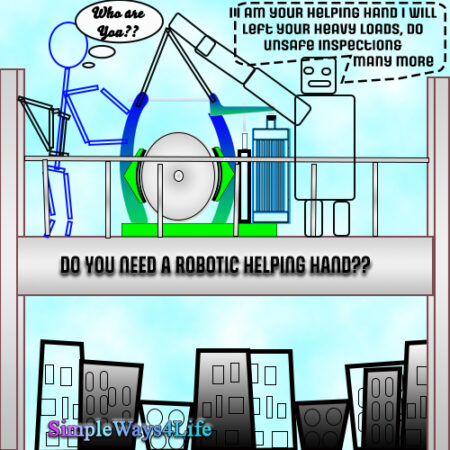

One Comment